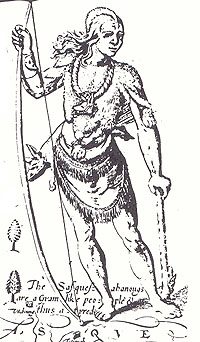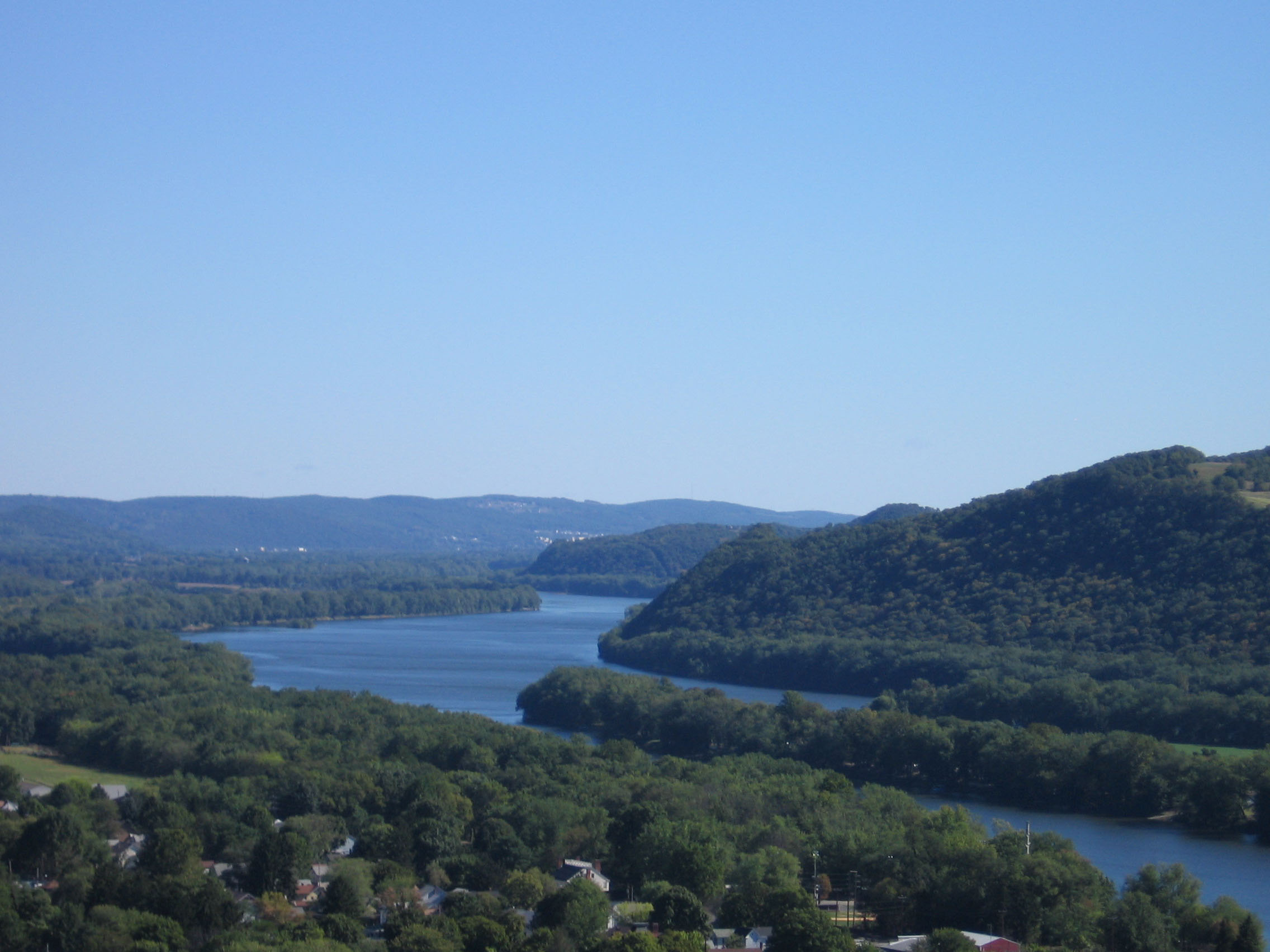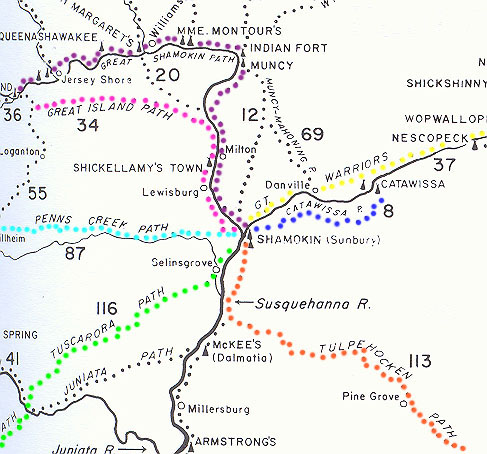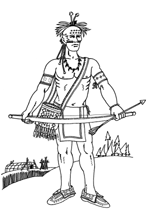 |
Contrary to popular opinion, Pennsylvania Indians did not often use waterways as their main source of travel. Because canoe birch did not grow in Pennsylvania and because dugouts made from poplar, sycamore, walnut or elmbark were heavy and cumbersome, light weight canoes were hard to come by. Moreover the swift and shallow stretches found along the Delaware and Susquehanna rivers made for difficult and inconsistent travel. Therefore long before motor highways, wagon roads, or even bridle paths had come into existance the Native Americans were creating trails through the woods which could be used as sources for trade and cultural diffusion as well as revenues for battle. |



